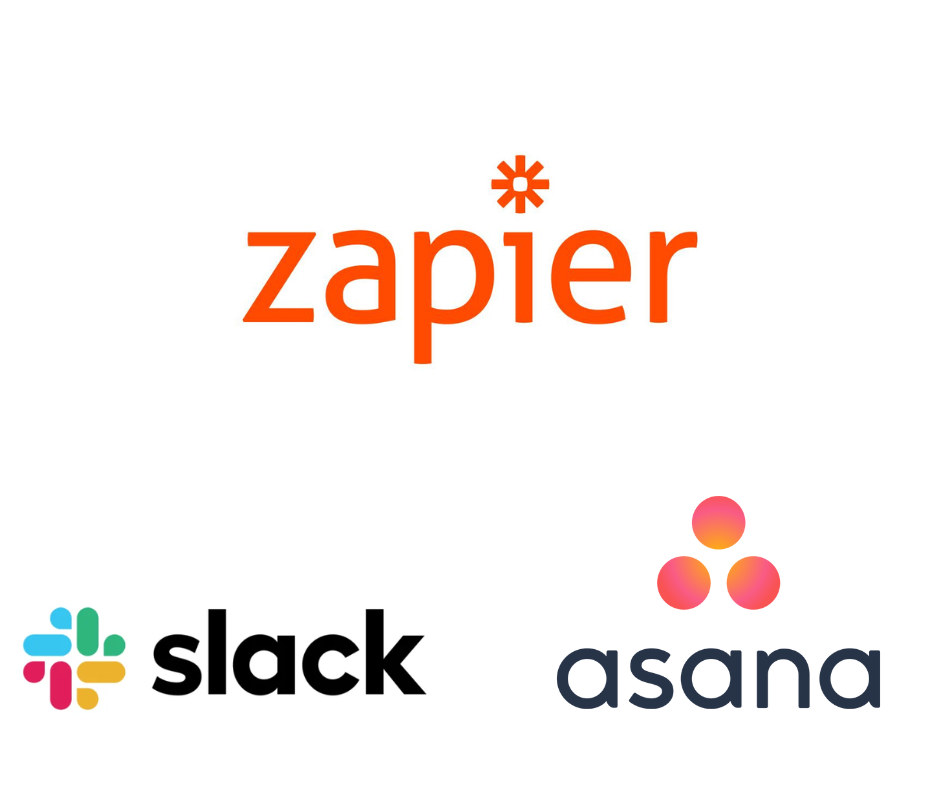
Photo by ameenfahmy
The new product development process is often uncharted territory because a product unique to your brand likely hasn’t been done before. So, where do you begin?
Every awesome product kicks off with a spark of genius. Whether you’re revamping an existing solution or cooking up something entirely new, your brilliant idea likely has you gearing up to dive headfirst into the thrilling world of product development and turn that lightbulb moment into tangible progress.
You’ve kickstarted your entrepreneurial journey with a business plan that makes the most of your resources and lays down the necessary paperwork. Your finished product is all done in your head with all the bells and whistles (and probably a few souped-up extra features, too) and you want to make it a reality. You start building a prototype and maybe begin talking to manufacturers or developers to get quotations…and then you realize: You’re going to need some serious investment to pull it off. ?
What many don’t realize is that including all the fancy features right from the very beginning may not be easy, and could end up costing a lot of money. Also – you probably haven’t really tested the market to see if your concept is going to fly. Why is this a serious consideration? The “lack of market need for their product” was the reason given by nearly half of the startups that failed.
Don’t panic just yet though because we’re about to explore a more accessible and economical approach. Say hello to the Minimum Viable Product (MVP).
What is a Minimum Viable Product?
The smart move in the world of product development is creating a scaled-down version of your product with the essential features. The MVP acts like a guinea pig, allowing you to test your concept, gather feedback, and make improvements without going all-in with your resources. It’s like offering a sneak peek of your product’s awesomeness while ensuring that future improvements will be sustainable. Even better? You can discover the best way to move forward with developing your product further based on your customer’s feedback and preferences.
To illustrate, let’s take a look at the entrepreneurial journey of siblings James and Alexa Hirschfeld with their company Paperless Post.
The “AHA” Moment
When planning a birthday bash back in 2009 revealed how the options for creating cool invites were seriously lacking, that got them thinking: What if they could create a platform that not only simplified event planning but also let people unleash their creativity? Thus, their mission to re-imagine the online invite industry began.
Cracking the MVP Code
To make it accessible, James and Alexa went with the “freemium” model. They offered the basic but fully usable features of a top-notch product for free and added the fancy features in the paid version. It was like giving people a taste of the good stuff without burning a hole in their pockets. The MVP played an invaluable role in minimizing risks, validating ideas, and building a product that resonated with users.
Cheers to Continuous Improvement
The journey, of course, was not without challenges – they needed to adapt, overcome setbacks, and continually evolve. But their proudest moments aren’t the big events; they’re the everyday stories of users. From weddings, celebrations, and heartwarming connections – Paperless Post has become part of people’s personal stories.
The takeaway here? It’s not just about speed. it’s about smart and sustainable growth. As you market the living daylights out of your MVP and grow your audience, take time to reflect on the journey of the product development process and how to move forward focusing on what you’re good at and building a product that really resonates with your customers.
Still feeling lost in building your business from the ground up? Get hands-on guidance from our team of experienced mentors who are seasoned entrepreneurs themselves. Book a mentor session with Selfmade today!
March 5, 2024
Emily Oberman
By:






